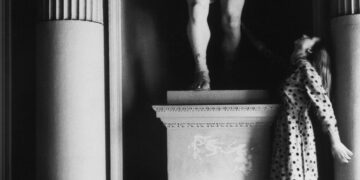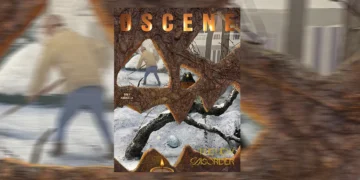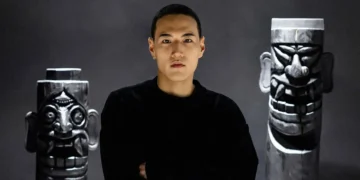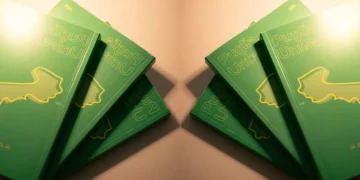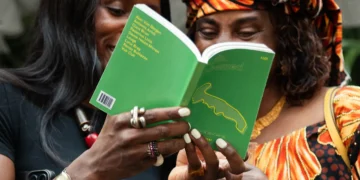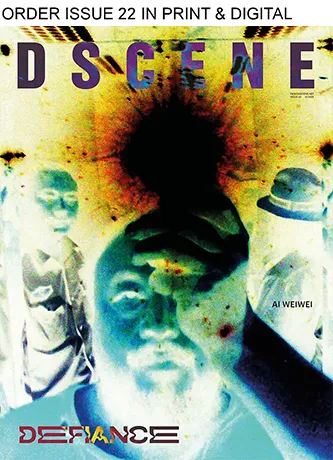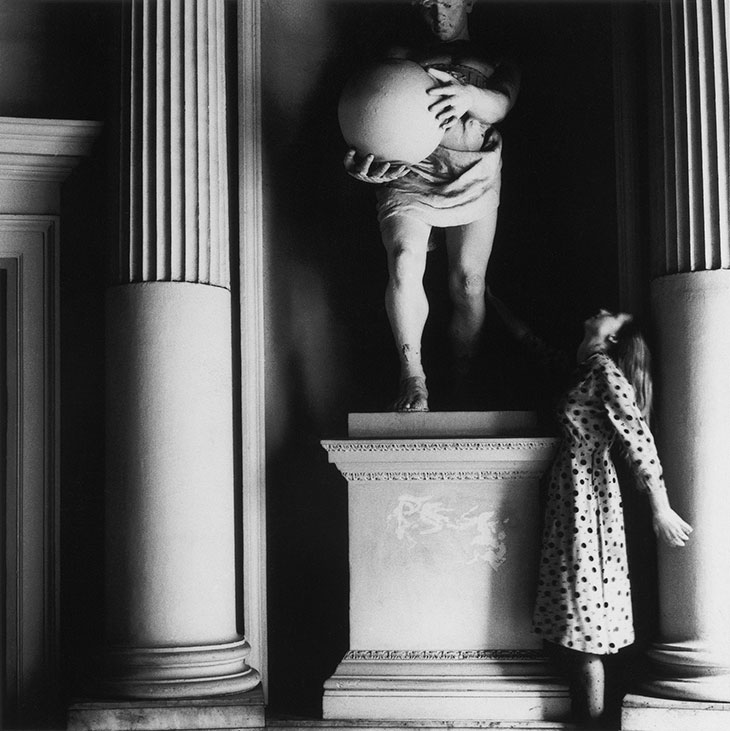
The inaugural exhibition of Francesca Woodman‘s works at Gagosian Gallery showcases over fifty lifetime prints, offering viewers a comprehensive glimpse into her artistic evolution. From her early explorations in Providence to her later experiments in Rome, Ravenna, and New York, the exhibition traces the thematic threads that run through Woodman’s body of work. Notably, the inclusion of Blueprint for a Temple (II) provides a rare opportunity to witness one of her largest and most ambitious pieces, offering insight into her fascination with classical architecture and the female form.
Francesca Woodman’s artistic legacy is one of introspection and exploration of the human form, captured through the lens of her camera. Born into a family of artists in Boulder, Colorado, and raised between the United States and Italy, Woodman’s upbringing infused her work with a cross-cultural perspective that resonates throughout her photographs. With a career tragically cut short at a young age, she left behind a body of work that continues to captivate audiences with its timelessnes.
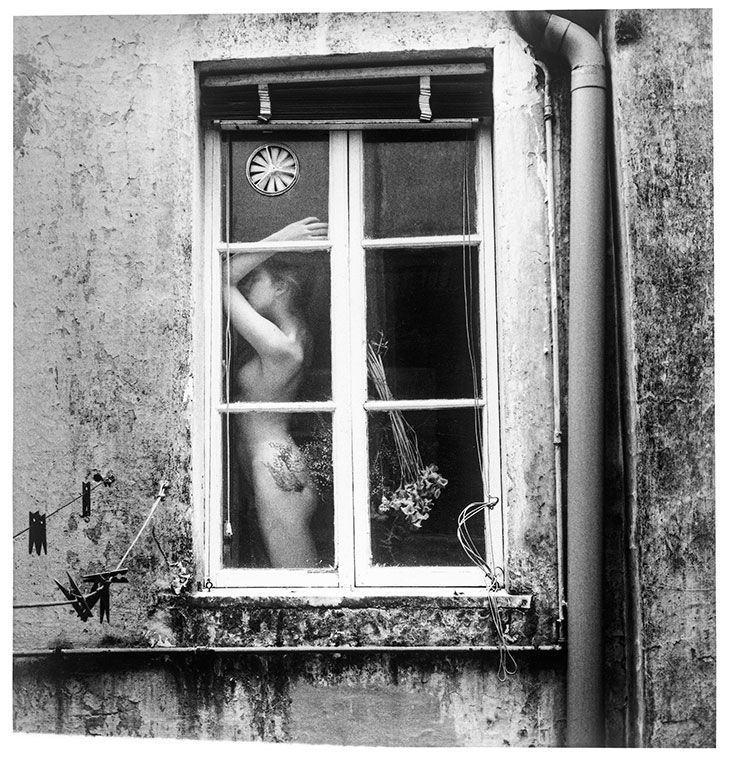
At the heart of Woodman’s artistic vision lies a desire to imbue her photographs with the allegorical richness reminiscent of historical paintings, while embracing the raw intimacy inherent in photography, particularly in depicting the nude form. Through her exploration of self-portraiture and the inclusion of other models, Woodman delved into themes of identity, metamorphosis, and the passage of time. Her compositions often feature dilapidated interiors, natural settings, and symbolic objects strategically placed to evoke a sense of narrative ambiguity and paradox.
Woodman’s formative years at the Rhode Island School of Design and her time spent in Rome profoundly influenced her artistic development. It was during this period that she began to refine her distinctive style, experimenting with composition, lighting, and the interplay between figure and environment. Her solo exhibition at Libreria Maldoror in Rome and inclusion in group shows further solidified her place within the avant-garde art scene of the late 1970s.
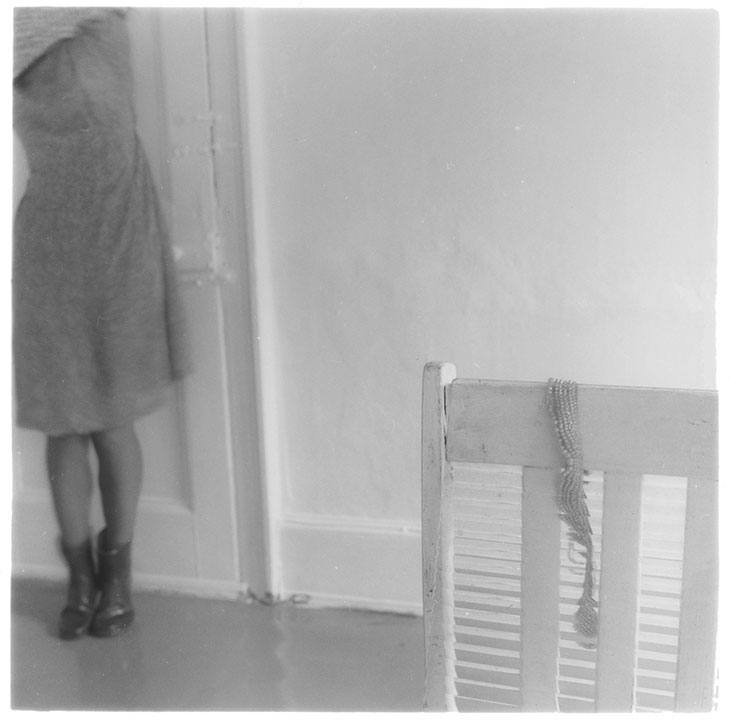
Through her innovative use of materials such as diazotype and gelatin silver prints, Woodman pushed the boundaries of traditional photography, creating multi-layered compositions that blur the line between reality and illusion. Her images, characterized by their haunting beauty and enigmatic symbolism, continue to inspire generations of artists and enthusiasts alike, ensuring that her legacy endures as a beacon of artistic innovation and introspective exploration. The exhibition will have a catalog with an essay by Brooke Holmes, a professor at Princeton University. There will also be a public conversation in the gallery on April 17 with Holmes, Lissa McClure, and Katarina Jerinic from the Woodman Family Foundation.
